Understanding the Long-term Effects of Adverse Childhood Experiences

Adverse childhood experiences, such as poverty, family instability, and parental separation, can have an enduring impact on a person’s health and development. Identifying these effects can help inform policies and programs to help children who have experienced adverse events.
Understanding the Link Between Fibroids and Birth Weight

Uterine fibroids, the most common non-cancerous tumors in women of childbearing age, occur in roughly 11% of pregnancies. Some studies have linked fibroids in pregnancy to lower infant birthweight and a higher risk of preterm birth.
Understanding Gene Expression During Early Development
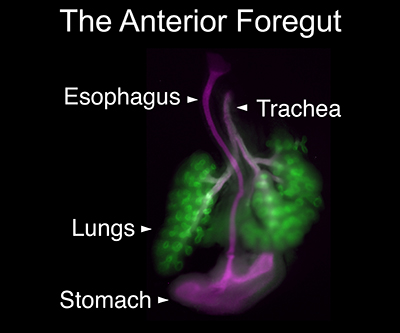
Genes are often visualized as long strings that are highly organized within the cell’s nucleus, with mechanisms that help fold, compact, and unfold areas as needed to direct cellular growth, function, and development.
Read about work from the Rocha Lab on a gene regulatory mechanism that involves CTCF protein loops.
Understanding the Role of Cholesterol in Membrane Reshaping
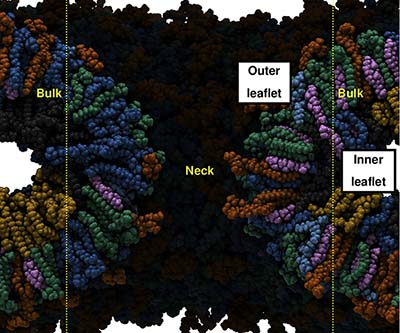
The lipids (salty fats) in cell membranes play a key role in enabling large substances to enter and exit the cell by promoting the formation of fusion and fission pores—structures that connect two membranes. The physics of such lipid interactions directly influences processes related to disease, such as the ability of viruses to penetrate and bud from cells.
Optimizing Fertility Preservation for Girls with Childhood Cancer

Treatments for childhood cancer often involve chemotherapy and radiation therapy, which can damage reproductive tissues. For girls, a procedure called ovarian tissue cryopreservation can help preserve future fertility.
Deciphering How Flu Viruses Enter Cells
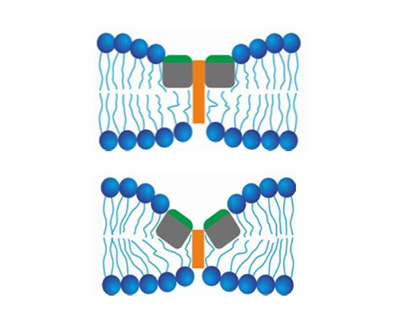
Influenza viruses infect cells in a multi-step process, during which the virus opens a hole in the membrane to inject its genetic material into the cell. Understanding this process may inform development of new technologies to insert medications, genes, and proteins into cells.
Identifying Genetic Causes of Rare Vascular Conditions
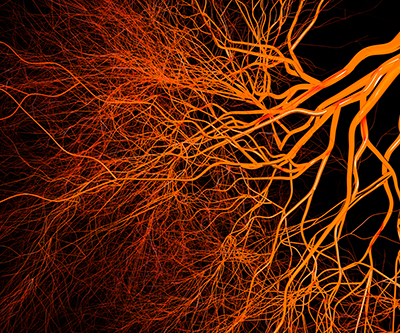
Blood vessels are responsible for transporting oxygen throughout the body. Malformations in blood vessels can lead to growth differences and other health problems.
Discovering Biomarkers for a Rare Disease
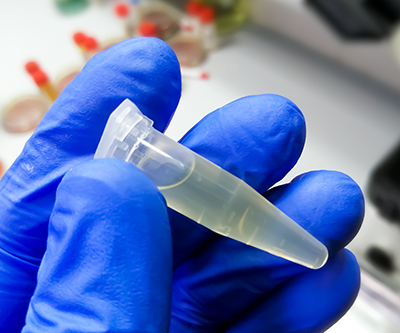
Niemann-Pick disease type C1 (NPC1) is a rare neurodegenerative disorder for which there are no FDA-approved therapies. Identifying biomarkers that indicate NPC1 severity and progression could facilitate clinical care and aid development of treatments.
Understanding How Neural Circuits Process Sensory Information
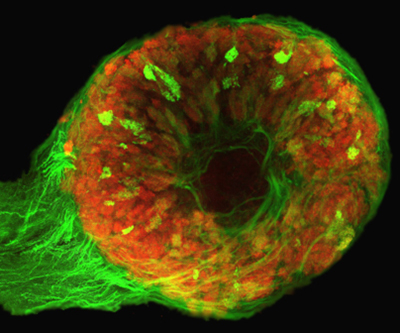
The brain is an extraordinary and complex organ responsible for gathering, organizing, and processing sensory information from the environment. To understand the intricacies of brain function, many scientists employ simple model systems, like the sense of smell in insects, as valuable tools for investigation.
Identifying a Novel Function for a Metabolic Regulator
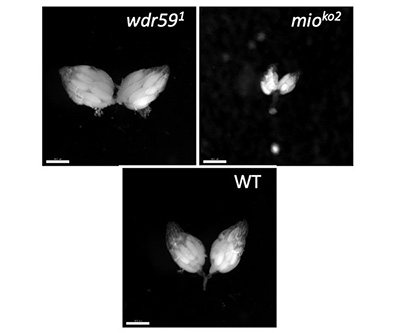
The protein complex TORC1 controls cell growth in organisms from yeast to humans. Improving understanding of how TORC1 is regulated by the protein complex GATOR may aid development of drugs to treat diseases such as epilepsy and cancer.
Back to Research Highlights from the Division of Intramural Research: June 2023 Showcase.
 BACK TO TOP
BACK TO TOP